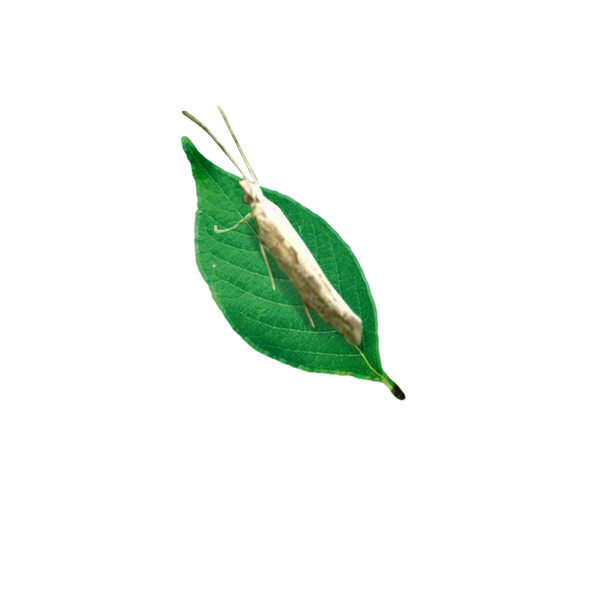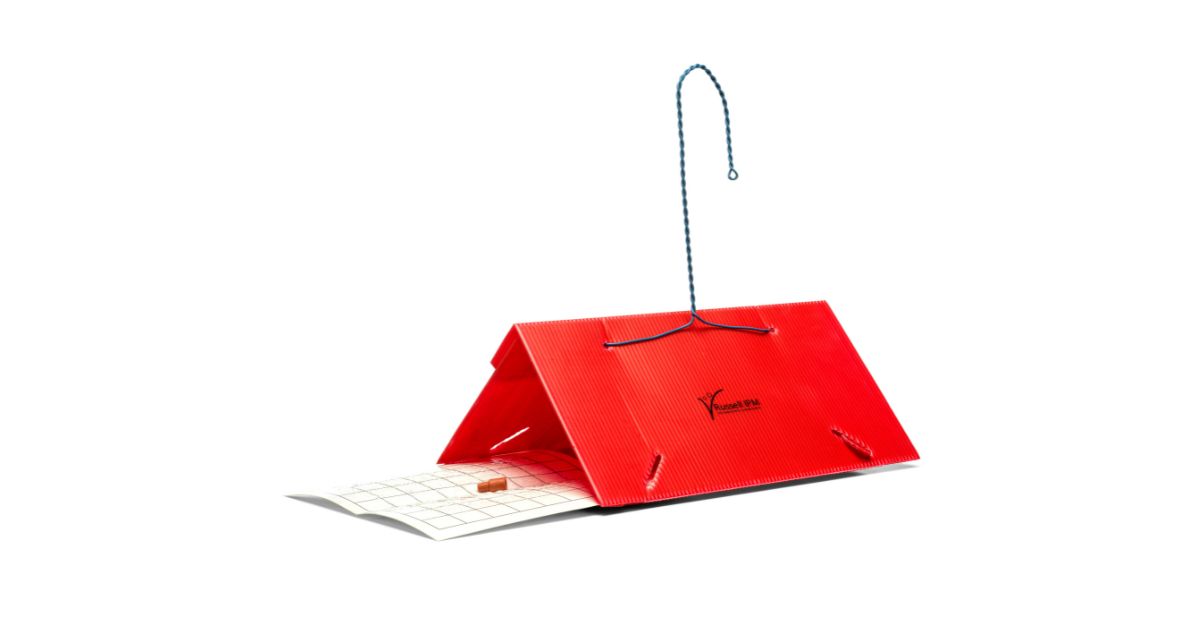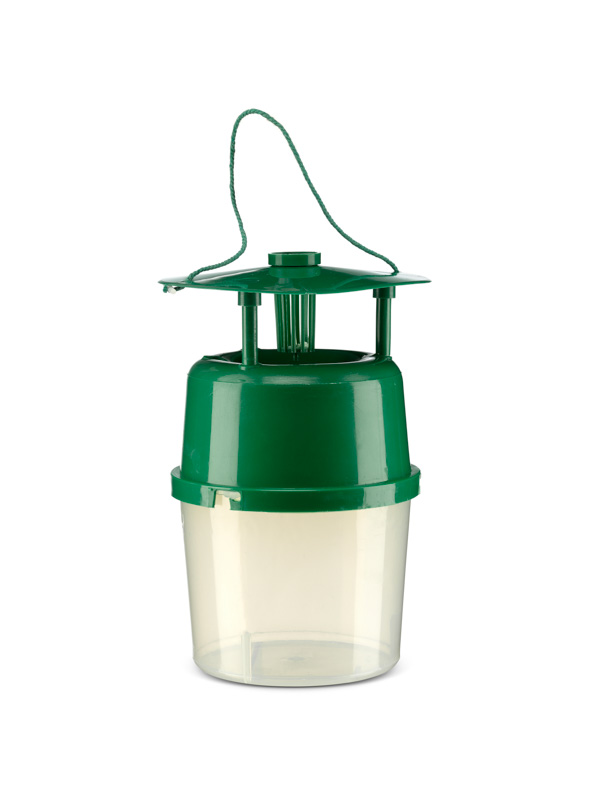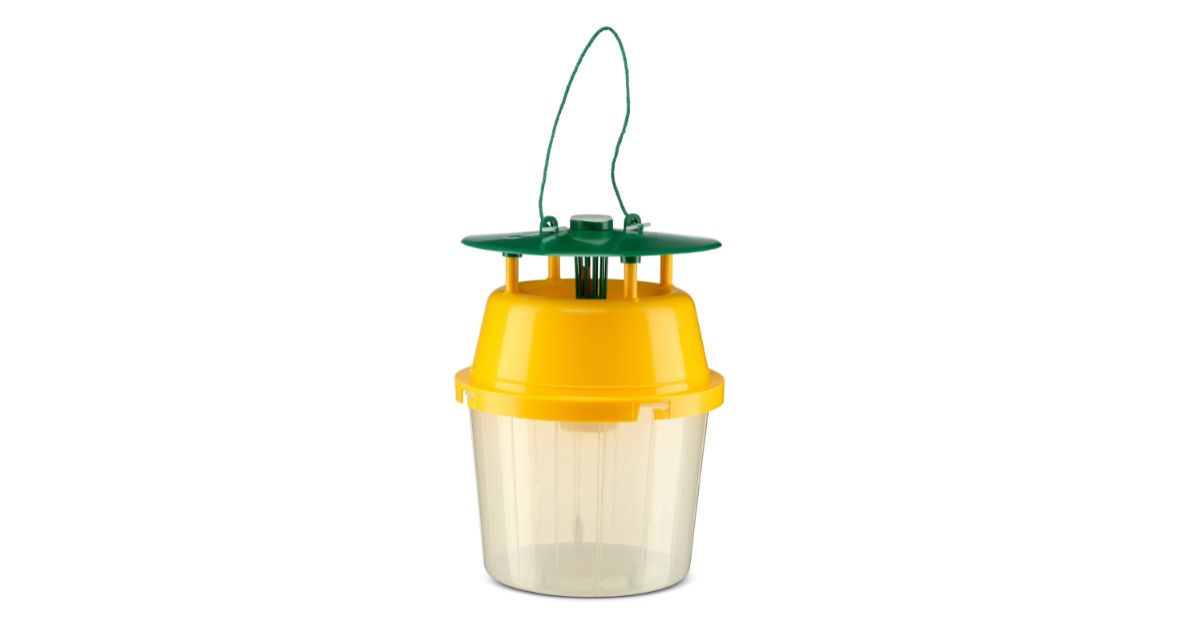Diamond Back Moth, Plutella xylostella
Plutella xylostella, the diamond-back moth feeds on the leaves of certain types of vegetables including cabbage. It is distributed throughout the USA, Canada, Australia, Asia and the Middle East.
It is has become an emerging problem in the United Kingdom with reports of the moth reaching ‘plague proportions’ in farms where cabbages are grown.
Russell IPM manufacture and supply pheromone lures, traps and complete monitoring systems for Diamond Back Moth (DBM), Plutella xylostella. Pheromone trap data will provide an early warning to potential infestation and also indicates the density of the insect population.
The diamond back moth, Plutella xylostella is a serious insect of cabbage, kale, rapeseed, broccoli, turnip and cauliflower. On young seedlings the growing point of the plant may be damaged, often resulting in the death of the plant.






